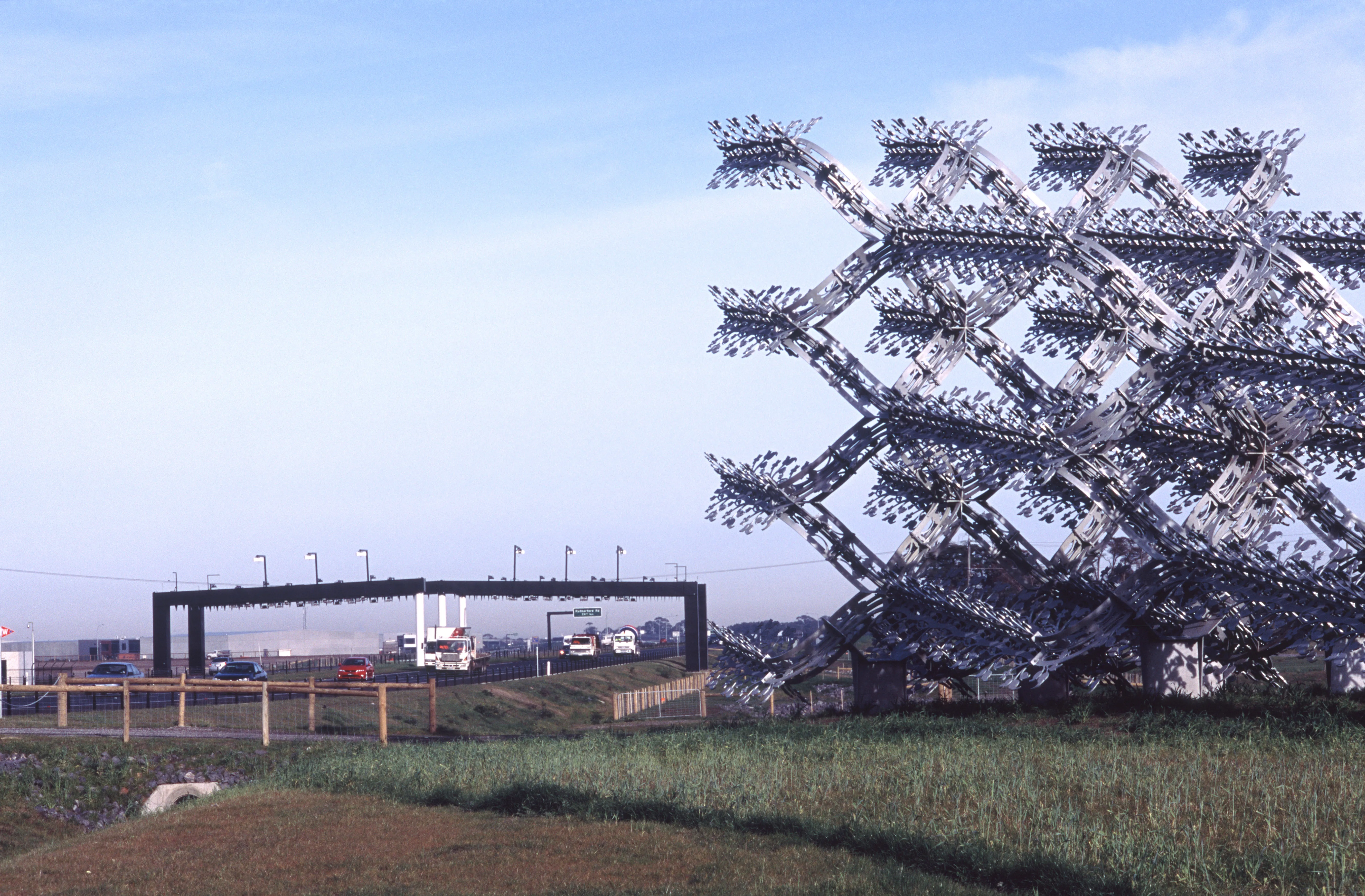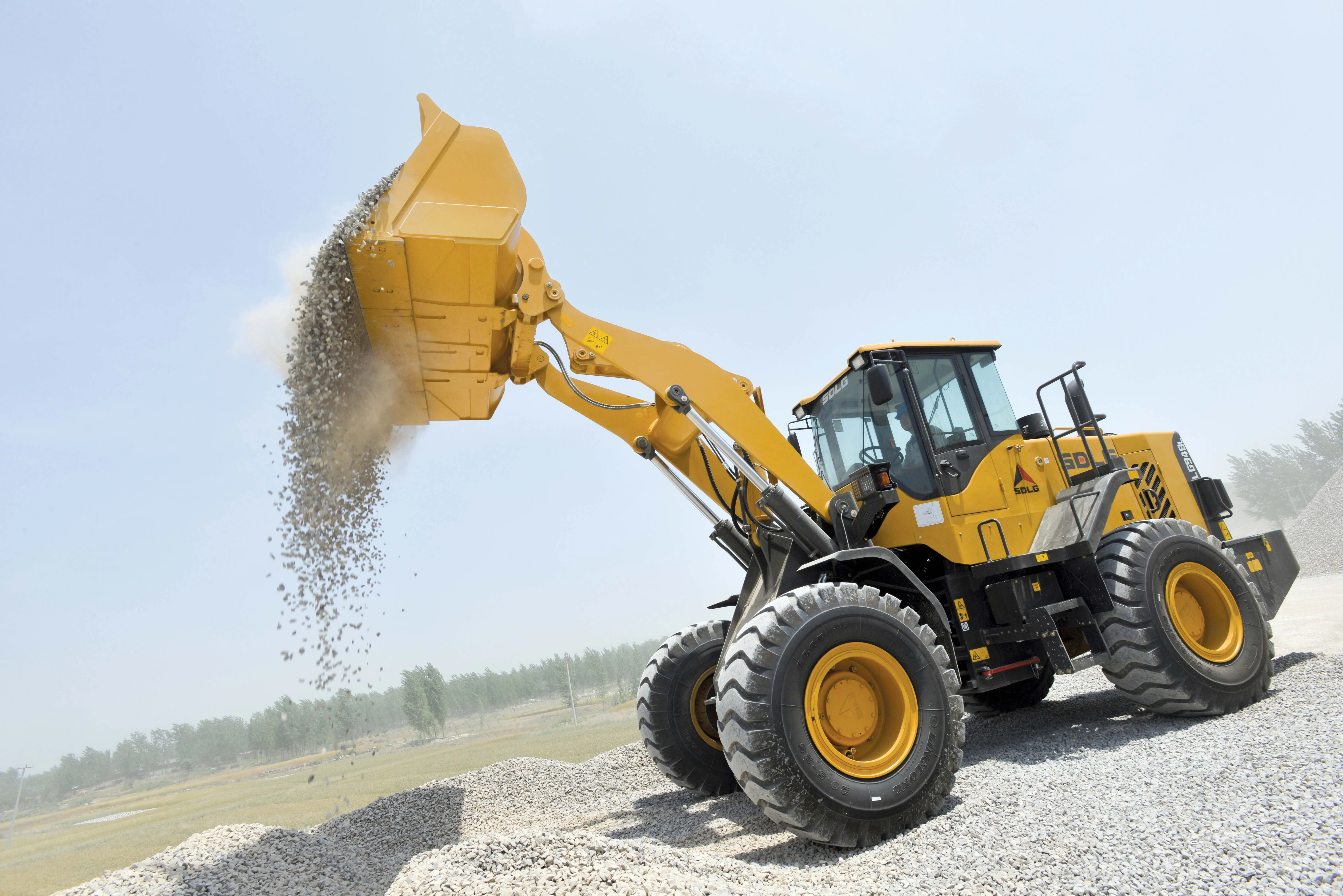
In Israel a specialist contractor is using a new Hitachi excavator for major earthmoving work on the Road 65 construction project in the north of the country. Hilkiyahu’s ZX670LCH-5 has already clocked over 1,100 working hours, excavating and loading 1.5million m³ of materials on the upgraded route.
The company took delivery of the large Zaxis-5 machine from the
Road 65 is a major highway that connects the Hadera (central) and Galilee (northern) regions via the shortest and easiest route. The current project is to widen the road between the Golani and new Nahal Amud interchanges. A second carriageway is being added, which will provide for two lanes in each direction, along with eight new junctions and a bridge. The earthmoving work between Masad and the Nahal Amud junction began in November 2013 and the whole project is scheduled for completion within the next two years.
The firm is working as a sub-contractor on the third section of the new road, which is 13km long. Its job is to complete all of the earthmoving, drainage, blasting and breaking of the rocks, and add the base layers to the road, before another contractor lays the asphalt. In addition the firm is operating a ZX470LCH-3 in a nearby quarry, which is supplying aggregates for the road.








